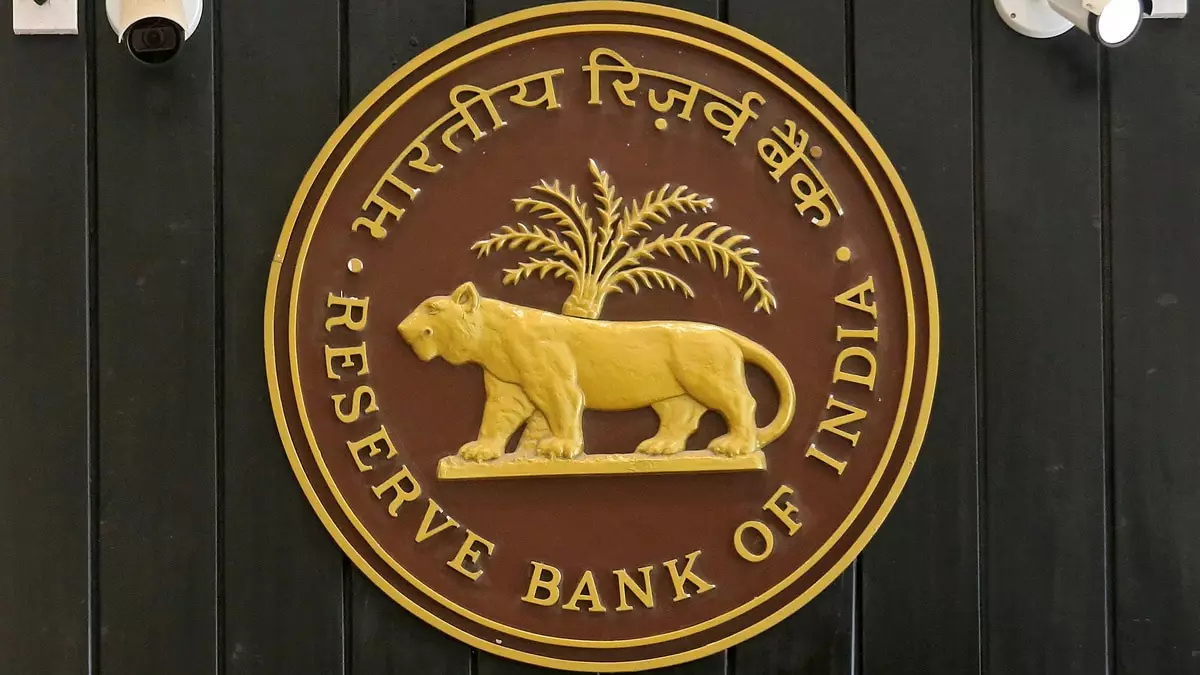The Reserve Bank of India’s (RBI) Financial Stability Report for 2024, released on December 30, presents an insightful look into the evolving landscape of asset tokenisation and cryptocurrency regulation in India. This report acts as a bellwether for not just economic stakeholders in India but for international observers as well, keen to gauge how developing nations are navigating the complexities of blockchain and financial technology. The context is critical; as countries around the world increasingly embrace regulatory frameworks for crypto assets, India’s progression in this area is of paramount importance to both its economy and its global financial standing.
Asset tokenisation represents a transformative shift in how financial assets can be perceived and managed. By digitising physical assets such as real estate, stocks, and commodities on blockchain technology, tokenisation allows for assets to be divided into smaller portions, subsequently enabling greater accessibility. For investors, this promises enhanced liquidity and lower entry barriers into traditionally illiquid markets, potentially reshaping investment paradigms. However, while the potential benefits are significant, the RBI has aptly pointed out that these innovations come with their share of risks, particularly as the sector is still maturing.
As noted by the RBI, asset tokenisation is gaining traction, catalyzing a renewed interest among investors and firms alike. The report highlights how tokenisation can enhance the interconnectedness of the conventional financial system with decentralized finance (DeFi), demonstrating the potential for hybrid financial ecosystems. Yet, the RBI does not shy away from voicing critical concerns about vulnerabilities associated with this trend. The risks include liquidity challenges, maturity mismatches, and operational weaknesses, all of which could pose significant threats to financial stability if left unaddressed.
The mention of Distributed Ledger Technology (DLT) in the RBI’s report signals its recognition of the foundational technology that underpins tokenisation and its associated innovations. However, the bank warns that the current infancy of this technology means that many of these risks are, at present, somewhat contained but could escalate if the wave of tokenisation ramps up as anticipated in 2025. As financial systems globally grapple with integrating new technologies, India’s cautious yet progressive approach to the complexities of tokenisation serves as a critical case study for others.
Turning to cryptocurrencies, the RBI reaffirmed its stance that regulation for this sector remains crucial yet elusive. With no definitive timeline from the Indian government regarding the establishment of comprehensive regulations, the uncertainty surrounding cryptocurrencies continues to loom large. The RBI maintains a vigilant eye on the volatility and risks posed by crypto assets, citing concerns that widespread adoption could disrupt macroeconomic stability by undermining monetary policy and compromising fiscal health.
The Indian central bank’s inclination towards skepticism reflects a broader sentiment echoed by global financial institutions, which remain warily aware of the risks involved with digital currencies. As traditional financial entities explore their potential interactions with digital assets, concerns over circumvention of capital flow regulations and the threat to global financial stability serve as cautionary tales that cannot be ignored.
Looking ahead, the RBI’s report lays a clear roadmap of the potential regulatory challenges and opportunities that lie in store as the nation braces for the growth of the crypto sector. While other nations, particularly the US under anticipated leadership changes, may adopt a more lenient approach towards cryptocurrencies, India’s regulatory journey appears more intricate. The RBI’s emphasis on the need for vigilant oversight underscores the necessity of a balanced framework that would accommodate innovation while safeguarding the financial ecosystem.
The RBI’s Financial Stability Report for 2024 encapsulates both the promise and the pitfalls associated with the advent of asset tokenisation and the controversial landscape of cryptocurrencies. As the financial world seeks to marry traditional principles with modern technologies, the lessons from India’s approach to these challenges could prove invaluable. The future of asset tokenisation may indeed pave the way for a more inclusive financial environment, but it is vital that stakeholders remain aware of the associated risks to build a sustainable economic future.


Leave a Reply